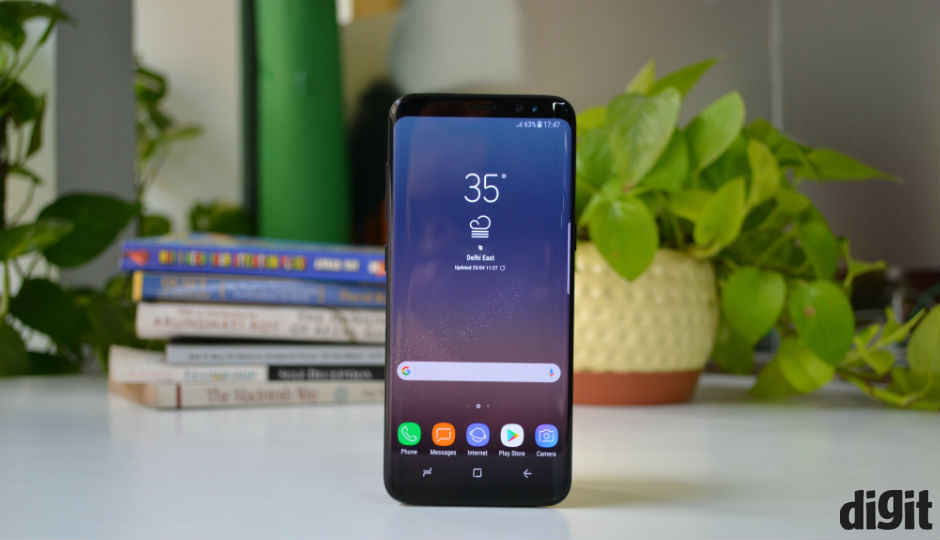

It’s all but official. Smartphones in the future will have bezel-less screens and 18:9 aspect ratios. But how exactly does that matter to the consumer? In fact, just what is 18:9 aspect ratio? It’s a question worth answering since it could affect your buying decision for the near future.
18:9 Aspect Ratio
The aspect ratio of a phone is not to be confused with its screen size. The screen size is the simple pythagorean relationship between the sides and diagonals of a rectangle. Two sides and a diagonal of any rectangle form a right angled triangle, which means the diagonal is equal to the square root of the sum of squares of the two sides. So, a 5.7 inch display would usually be about 4.9 inches high and 2.7 inch wide, when viewed in landscape.
Now, aspect ratio relates to video, and it’s measured in landscape mode. It’s the ratio of the two sides (length and width) to each other. This does not include the plastic or metal strips on either side of the display, of course. So, when a phone has 16:9 aspect ratio, as most phones do, the ratio of its two sides is 16:9.
The same applies to 18:9 aspect ratios. But, if you do the match, 18:9 just comes out to 2:1, which means that the width (height, when viewed in portrait) of the phone is twice that of its height (width, when viewed in portrait). Since you hold your phone in portrait mode most of the times, this means it is taller, rather than being wide.
What do chipset makers need to do?
If you notice the LG G6’s display resolution, it’s not the usual 2K numbers that we get. The LG G6 has 2880×1440 pixel resolution, while the Samsung Galaxy S8 sports 2960×1440 pixels. So, with this new aspect ratios, display resolutions do change even if by a little bit. For a chipset maker, that means adding support on both hardware and firmware levels.
When MediaTek said it’s new budget chipset supported 18:9 aspect ratios, it meant that all these modifications have been done in the new chipset. Additionally, the required drivers for making all this work seamlessly is also available.
So, it’s not like an OEM can simply slap on a 18:9 display on a phone. It also has to choose which chipset the phone will run on. The task seems easy enough though, given that even budget chipsets from last year are capable of it.
What does 18:9 aspect ratio mean for you?
As screen sizes increased, smartphones became more difficult to carry around. Some people do like the large form factors, but there’s a point where ergonomics just can’t be ignored anymore. While 18:9 does change display resolutions to some extent, it really doesn’t make any discernible difference. What it does do though, is allow phones like the Samsung Galaxy S8 and LG G6 to exist, which have large displays, but comparatively smaller form factors.
Furthermore, 18:9 aspect ratio can work on 5 and 5.2 inch displays as well. If 5.8 and 5.7 inch screens can be this compact, we really can’t wait to find out what’s in store with those smaller diagonal sizes.
Which phones support 18:9 aspect ratio right now?
Between February to now, the market has literally been flooded by phones with 18:9 screens. Here’s a list.
Samsung Galaxy S8 (review)
Samsung Galaxy S8 Plus (review)
Samsung Galaxy Note 8 (review)
LG G6 (review)
LG V30
Vivo V7+
LG Q6 (review)
LG Q6+
Micromax Canvas Infinity (review)
These are only the ones available in India. 18:9 aspect ratios are coming on more phones every day, and it’s spreading across budget ranges. So, there’s certainly more in store.